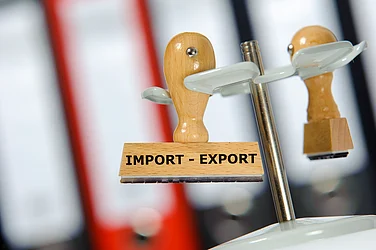India has a two-to-three-year window to capitalise on the global strategy of de-risking from China and the government needs to be very alert to come up with a set of policies that make the shift of businesses to India attractive and easier, NITI Aayog CEO Subrahmanyam said on Friday.
Addressing CII Global Economic Policy Forum 2023, Subrahmanyam further said India is in a sweet spot due to the outcome of geopolitics and the fact that the country has a young working-age population.
"So I think, in the next 15 to 20 years time span, India has an opportunity in manufacturing. But the opportunity and the window for India is at best two to three years because supply chains are unwinding, they're becoming shorter, and they're looking for new geographies.
Advertisement
"This is going to be a two-three year phenomenon, and then supply chains will get frozen," he said.
Subrahmanyam pointed out that it is not just non-Chinese companies but even Chinese companies which want to move out of China because of labour shortages.
"They are having a shortage of demand because there is a population shift in terms of the age, a shortage of labour supply, the rising cost of labour and the stressed capital markets,” he said. Noting that the capital market system is under stress in China, Subrahmanyam also said it is a very clear signal to big MNCs from their capitals that de-risk from Beijing.
Advertisement
"So even if global trade does not grow in total, there could be a shift in trade from one geography to the other. So that is something which India can capitalize in the short run," he emphasised.
The NITI Aayog CEO opined that to attract businesses from China, India will have to compete with Vietnam, Indonesia, Turkey, Mexico and Bangladesh.
"So I think ...we need to be very alert to come up with a set of policies, a set of programs to make doing business and shifting business to India attractive," he said.
Subrahmanyam also pointed out India's customs rule doesn’t allow the import of used goods when companies shift the factory as they move pre-owned stuff. “So you need to allow that to happen as there are half a dozen other countries who are going to be competing with you to get the shift out of China,” he said.
On the carbon border adjustment mechanism (CBAM), Subrahmanyam said Indian companies need to adapt fast to the carbon tax if the major markets are moving in that direction.
“The fights will be fought by the government at the international level. But at the bottom level, for survival’s sake, I think companies will need to adjust and the government would have to come up with policies to facilitate that,” he added.
While manufacturing exports from India are currently higher than services exports, Subrahmanyam said it is just a matter of time before services exports catch up.
India has set a USD 2 trillion export target by 2030. "A critical consideration is a looming question of where the manufacturing boom will originate and its anticipated timeframe," he added.















 Just one email a week
Just one email a week